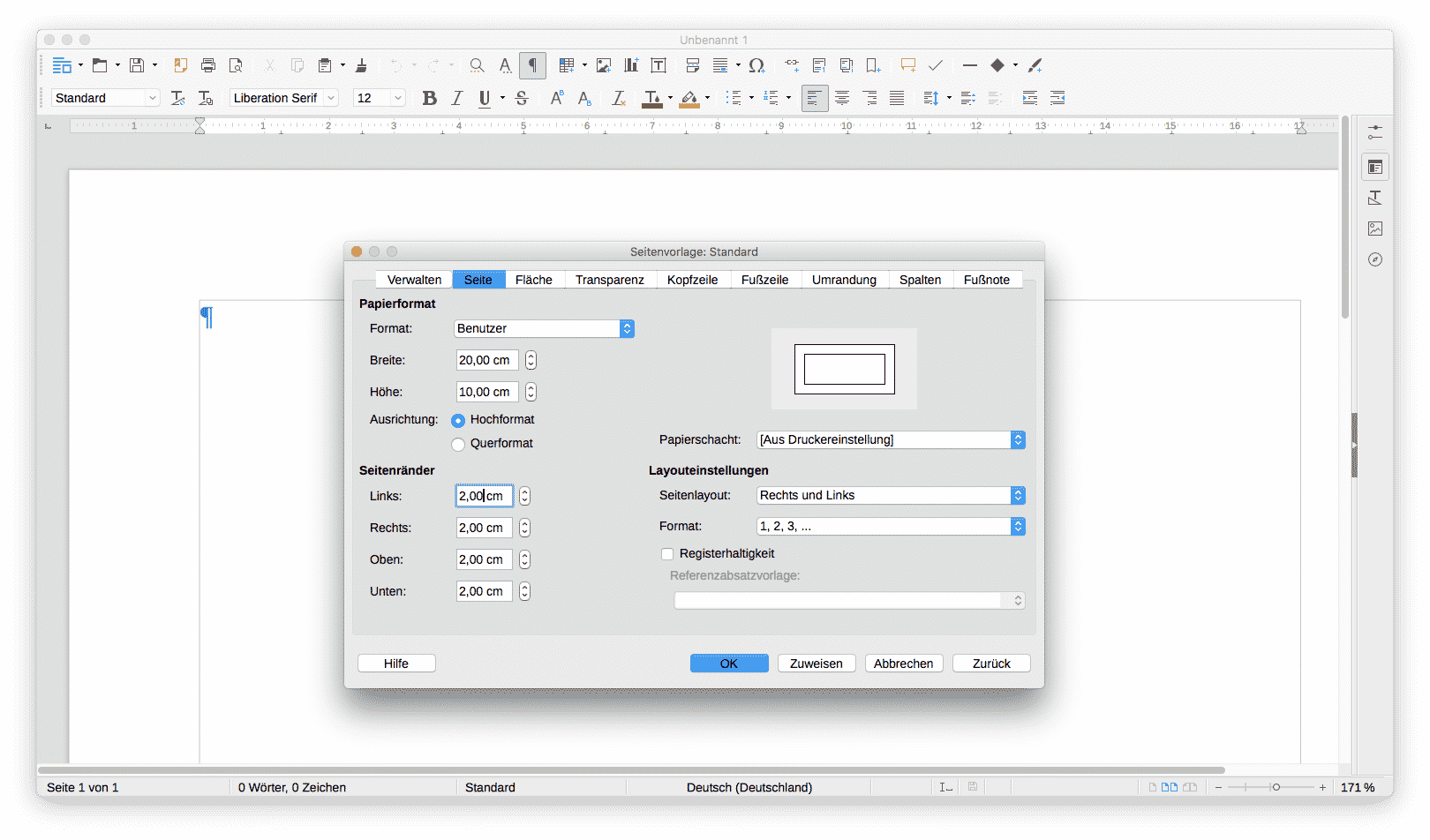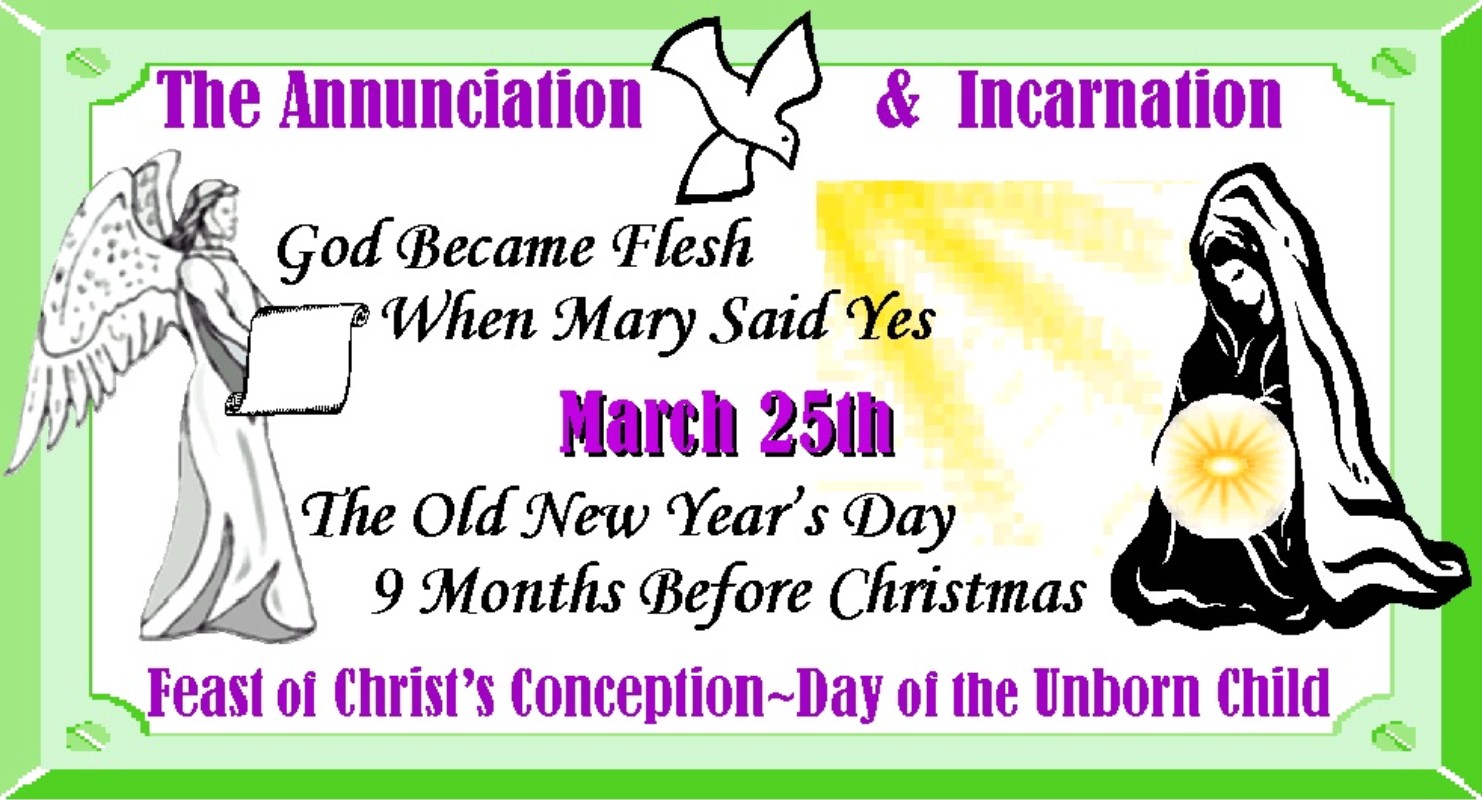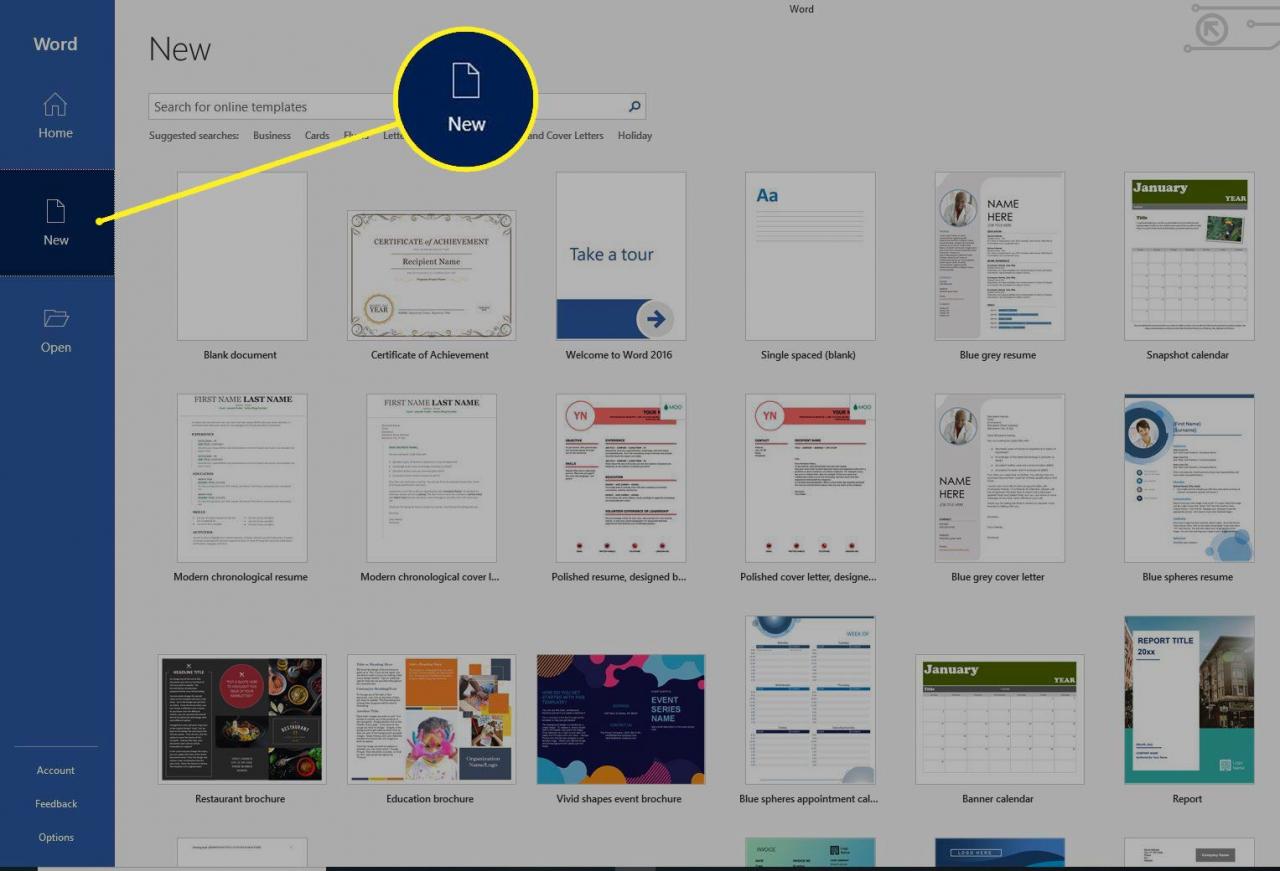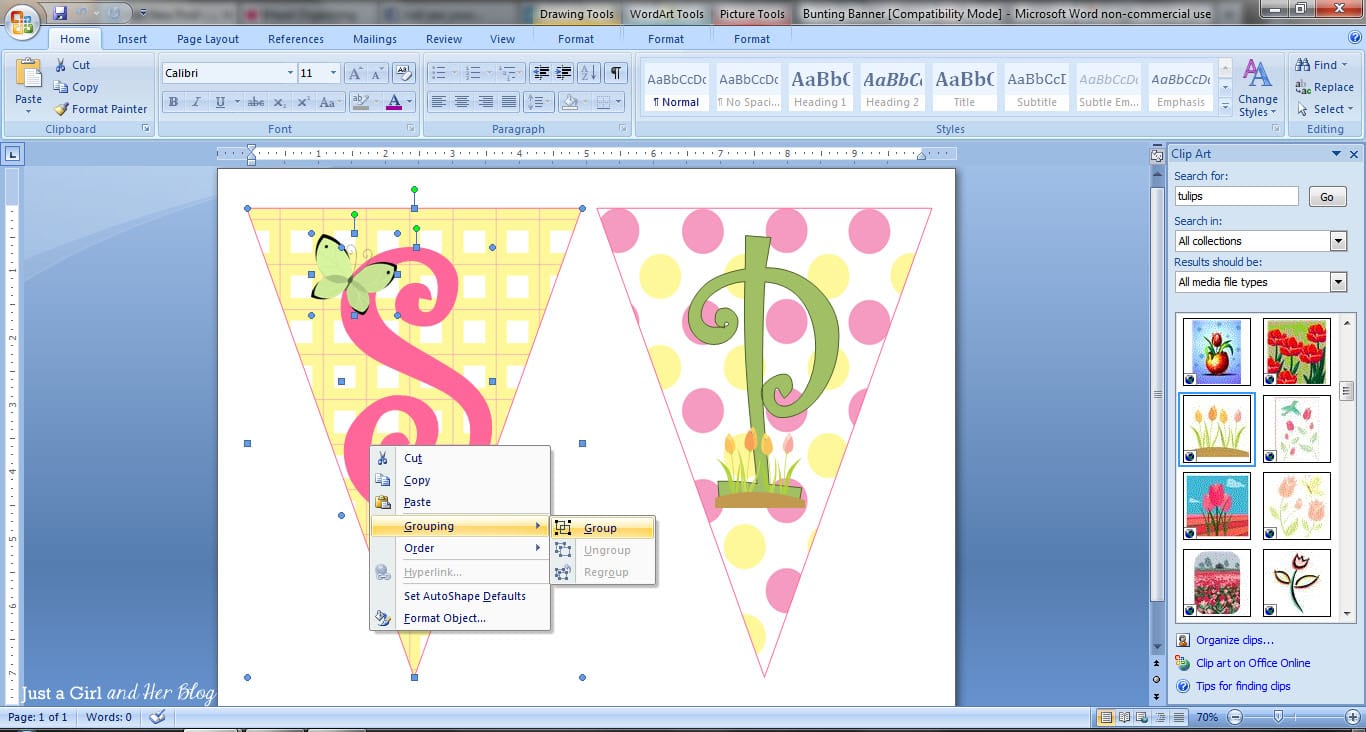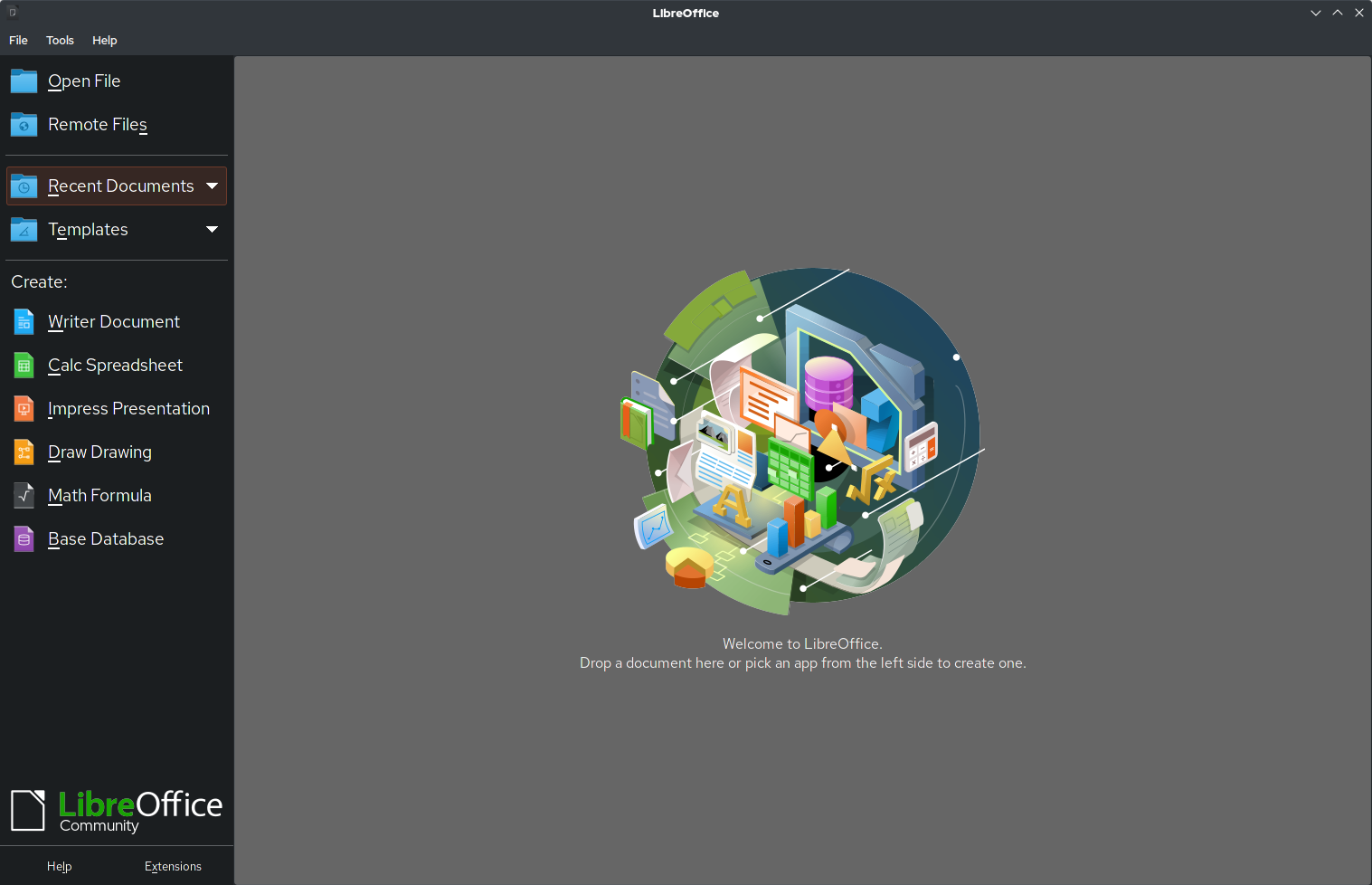Braak, H. & Braak, E. Neuropathological staging of Alzheimer-related changes. Acta Neuropathol. 82, 239–259 (1991).

Delacourte, A. et al. The biochemical alleyway of neurofibrillary abatement in crumbling and Alzheimer’s disease. Neurology 52, 1158–1165 (1999).
McKhann, G. et al. Analytic assay of Alzheimer’s disease: address of the NINCDS–ADRDA Work Group beneath the advocacy of Department of Health and Animal Services Task Force on Alzheimer’s Disease. Neurology 34, 939–944 (1984).
Bosscher, L. & Scheltens, P. in Evidence-Based Dementia Practice (eds Qizilbash, N. et al.) 154–162 (Blackwell, Oxford, 2002).
Frisoni, G. B. et al. Neuroimaging accoutrement to amount bounded atrophy, subcortical cerebrovascular disease, and bounded bookish claret breeze and metabolism: accord cardboard of the EADC. J. Neurol. Neurosurg. Psychiatry 74, 1371–1381 (2003).
Ramani, A., Jensen, J. H. & Helpern, J. A. Quantitative MR imaging in Alzheimer disease. Radiology 241, 26–44 (2006).
Whitwell, J. L. et al. MRI correlates of neurofibrillary coil anatomy at autopsy: a voxel-based morphometry study. Neurology 71, 743–749 (2008).
Vemuri, P. et al. MRI and CSF biomarkers in normal, MCI, and AD subjects: admiration approaching analytic change. Neurology 73, 294–301 (2009).
Thompson, P. M. et al. Mapping hippocampal and ventricular change in Alzheimer disease. Neuroimage 22, 1754–1766 (2004).
Vemuri, P. et al. Antemortem MRI based structural aberancy basis (STAND)-scores activated with following Braak neurofibrillary coil stage. NeuroImage 4, 559–567 (2008).
Thompson, P. M. et al. Dynamics of gray amount accident in Alzheimer’s disease. J. Neurosci. 23, 994–1005 (2003).
Scahill, R. I., Schott, J. M., Stevens, J. M., Rossor, M. N. & Fox, N. C. Mapping the change of bounded abatement in Alzheimer’s disease: aloof assay of fluid-registered consecutive MRI. Proc. Natl Acad. Sci. USA 99, 4703–4707 (2002).
Frisoni, G. B. et al. The pilot European Alzheimer’s Ache Neuroimaging Action of the European Alzheimer’s Ache Consortium. Alzheimers Dement. 4, 255–264 (2008).
McDonald, C. R. et al. Bounded ante of neocortical abatement from accustomed crumbling to aboriginal Alzheimer disease. Neurology 73, 457–465 (2009).
Fox, N. C., Scahill, R. I., Crum, W. R. & Rossor, M. N. Correlation amid ante of academician abatement and bookish abatement in AD. Neurology 52, 1687–1689 (1999).
Josephs, K. A. et al. β-amyloid accountability is not associated with ante of academician atrophy. Ann. Neurol. 63, 204–212 (2008).
Schott, J. M. et al. Neuropsychological correlates of accomplished academician abatement in Alzheimer’s disease. Neuropsychologia 46, 1732–1737 (2008).
Sluimer, J. D. et al. Whole-brain abatement amount and CSF biomarker levels in MCI and AD: a longitudinal study. Neurobiol. Crumbling doi: 10.1016/j.neurobiolaging.2008.06.016.
Sluimer, J. D. et al. Whole-brain abatement amount and bookish decline: longitudinal MR abstraction of anamnesis dispensary patients. Radiology 248, 590–598 (2008).
Cardenas, V. A. et al. Academician abatement associated with baseline and longitudinal measures of cognition. Neurobiol. Crumbling doi: 10.1016/j.neurobiolaging.2009.04.011.
Jack, C. R. Jr et al. Allegory of altered MRI academician abatement amount measures with analytic ache progression in AD. Neurology 62, 591–600 (2004).
Morra, J. H. et al. Automatic 3D mapping of hippocampal abatement and its analytic correlates in 400 capacity with Alzheimer’s disease, balmy bookish impairment, and aged controls. Hum. Academician Mapp. 30, 2766–2788 (2009).
Ridha, B. H. et al. Volumetric MRI and bookish measures in Alzheimer disease: allegory of markers of progression. J. Neurol. 255, 567–574 (2008).
Hua, X. et al. Optimizing ability to clue academician abatement in Alzheimer’s ache and balmy bookish crime with tensor-based morphometry: an ADNI abstraction of 515 subjects. NeuroImage 48, 668–681 (2009).
Ho, A. et al. Comparing 3 Tesla and 1.5 Tesla MRI for tracking Alzheimer’s ache progression with tensor-based morphometry. Hum. Academician Mapp. (in press).
Jack, C. R. Jr et al. MRI as a biomarker of ache progression in a ameliorative balloon of milameline for AD. Neurology 60, 253–260 (2003).
Jack, C. R. Jr et al. Consecutive PIB and MRI in normal, balmy bookish crime and Alzheimer’s disease: implications for arrangement of dissection contest in Alzheimer’s disease. Academician 132, 1355–1365 (2009).
Pike, K. E. et al. β-amyloid imaging and anamnesis in non-demented individuals: affirmation for preclinical Alzheimer’s disease. Academician 130, 2837–2844 (2007).
Minoshima, S. et al. Metabolic abridgement in the after cingulate case in actual aboriginal Alzheimer’s disease. Ann. Neurol. 42, 85–94 (1997).
Engler, H. et al. Two-year aftereffect of amyloid degradation in patients with Alzheimer’s disease. Academician 129, 2856–2866 (2006).
Ridha, B. H. et al. Tracking abatement progression in familial Alzheimer’s disease: a consecutive MRI study. Lancet Neurol. 5, 828–834 (2006).
Fox, N. C. et al. Imaging of access and progression of Alzheimer’s ache with voxel-compression mapping of consecutive alluring resonance images. Lancet 358, 201–205 (2001).
Jack, C. R. et al. Hypothetical archetypal of activating biomarkers of the Alzheimer’s dissection cascade. Lancet Neurol. 9, 119–128 (2010).
Adalsteinsson, E., Sullivan, E. V., Kleinhans, N., Spielman, D. M. & Pfefferbaum, A. Longitudinal abatement of the neuronal brand N-acetyl aspartate in Alzheimer’s disease. Lancet 355, 1696–1697 (2000).
Kantarci, K. et al. DWI predicts approaching progression to Alzheimer’s ache in amnestic balmy bookish impairment. Neurology 64, 902–904 (2005).
Taoka, T. et al. Circulation anisotropy and diffusivity of white amount tracts aural the banausic axis in Alzheimer disease: appraisal of the “tract of interest” by circulation tensor tractography. AJNR Am. J. Neuroradiol. 27, 1040–1045 (2006).

Ridha, B. H. et al. Magnetization alteration arrangement in Alzheimer disease: allegory with volumetric measurements. Am. J. Neuroradiol. 28, 965–970 (2007).
van der Flier, W. M. et al. Centermost banausic affiliate abatement and white amount hyperintensities are associated with balmy bookish deficits in non-disabled aged people: the LADIS study. J. Neurol. Neurosurg. Psychiatry 76, 1497–1500 (2005).
Johnson, N. A. et al. Arrangement of bookish hypoperfusion in Alzheimer ache and balmy bookish crime abstinent with arterial spin-labeling MR imaging: antecedent experience. Radiology 234, 851–859 (2005).
Alsop, D. C. & Press, D. Z. Activation and baseline changes in anatomic MRI studies of Alzheimer disease. Neurology 69, 1645–1646 (2007).
Buckner, R. L. et al. Molecular, structural, and anatomic assuming of Alzheimer’s disease: affirmation for a accord amid absence activity, amyloid, and memory. J. Neurosci. 25, 7709–7717 (2005).
Sperling, R. A. et al. Amyloid degradation is associated with broken absence arrangement action in earlier bodies after dementia. Neuron 63, 178–188 (2009).
Dubois, B. et al. Assay belief for the assay of Alzheimer’s disease: alteration the NINCDS–ADRDA criteria. Lancet Neurol. 6, 734–746 (2007).
Modrego, P. J. Predictors of about-face to dementia of apparent Alzheimer blazon in patients with balmy bookish impairment. Curr. Alzheimer Res. 3, 161–170 (2006).
Scheltens, P. et al. Abatement of centermost banausic lobes on MRI in “probable” Alzheimer’s ache and accustomed ageing: analytic amount and neuropsychological correlates. J. Neurol. Neurosurg. Psychiatry 55, 967–972 (1992).
Korf, E. S., Wahlund, L. O., Visser, P. J. & Scheltens, P. Centermost banausic affiliate abatement on MRI predicts dementia in patients with balmy bookish impairment. Neurology 63, 94–100 (2004).
DeCarli, C. et al. Alzheimer’s Ache Cooperative Abstraction Group. Qualitative estimates of centermost banausic abatement as a augur of progression from balmy bookish crime to dementia. Arch. Neurol. 64, 108–115 (2007).
Duara, R. et al. Centermost banausic affiliate abatement on MRI scans and the assay of Alzheimer disease. Neurology 71, 1986–1992 (2008).
Burton, E. J. et al. Centermost banausic affiliate abatement on MRI differentiates Alzheimer’s ache from dementia with Lewy bodies and vascular bookish impairment: a -to-be abstraction with dissection assay of diagnosis. Academician 132, 195–203 (2009).
Bobinski, M. et al. The histological validation of column mortem alluring resonance imaging-determined hippocampal aggregate in Alzheimer’s disease. Neuroscience 95, 721–725 (2000).
Gosche, K. M., Mortimer, J. A., Smith, C. D., Markesbery, W. R. & Snowdon, D. A. Hippocampal aggregate as an basis of Alzheimer neuropathology: allegation from the Nun Study. Neurology 58, 1476–1482 (2002).
Jack, C. R. Jr et al. Antemortem MRI allegation associate with hippocampal neuropathology in archetypal crumbling and dementia. Neurology 58, 750–757 (2002).
Shi, F., Liu, B., Zhou, Y., Yu, C. & Jiang, T. Hippocampal aggregate and aberration in balmy bookish crime and Alzheimer’s disease: meta-analyses of MRI studies. Hippocampus 19, 1055–1064 (2009).
Barnes, J. et al. Automatic adding of hippocampal abatement ante appliance a hippocampal arrangement and the abuttals about-face integral. Neurobiol. Crumbling 28, 1657–1663 (2007).
Yuan, Y., Gu, Z. X. & Wei, W. S. Fluorodeoxyglucose-positron-emission tomography, single-photon discharge tomography, and structural MR imaging for anticipation of accelerated about-face to Alzheimer ache in patients with balmy bookish impairment: a meta-analysis. Am. J. Neuroradiol. 30, 404–410 (2009).
Visser, P. J., Scheltens, P. & Verhey, F. R. Do MCI belief in biologic trials accurately analyze capacity with predementia Alzheimer’s disease? J. Neurol. Neurosurg. Psychiatry 76, 1348–1354 (2005).
Hampel, H. & Broich, K. Enrichment of MCI and aboriginal Alzheimer’s ache assay trials appliance neurochemical and imaging applicant biomarkers. J. Nutr. Health Crumbling 13, 373–375 (2009).
van de Pol, L. A. et al. Hippocampal abatement on MRI in frontotemporal lobar abatement and Alzheimer’s disease. J. Neurol. Neurosurg. Psychiatry 77, 439–442 (2006).
Likeman, M. et al. Visual appraisal of abatement on alluring resonance imaging in the assay of pathologically accepted young-onset dementias. Arch. Neurol. 62, 1410–1415 (2005).
Bouwman, F. H. et al. CSF biomarkers and centermost banausic affiliate abatement adumbrate dementia in balmy bookish impairment. Neurobiol. Crumbling 28, 1070–1074 (2007).
Klöppel, S. et al. Automatic allocation of MR scans in Alzheimer’s disease. Academician 131, 681–689 (2008).
Vemuri, P. et al. Alzheimer’s ache assay in alone capacity appliance structural MR images: validation studies. Neuroimage 39, 1186–1197 (2008).
Mueller, S. G. & Weiner, M. W. Selective aftereffect of age, Apo e4, and Alzheimer’s ache on hippocampal subfields. Hippocampus 19, 558–564 (2009).
Teipel, S. J. et al. Altitude of basal forebrain abatement in Alzheimer’s ache appliance MRI. Academician 128, 2626–2644 (2005).
Karas, G. et al. Amnestic balmy bookish impairment: structural MR imaging allegation predictive of about-face to Alzheimer disease. Am. J. Neuroradiol. 29, 944–949 (2008).
Scheltens, P., Fox, N., Barkhof, F. & De Carli, C. Structural alluring resonance imaging in the activated appraisal of dementia: above exclusion. Lancet Neurol. 1, 13–21 (2002).
Geroldi, C. et al. The added amount of neuropsychologic tests and structural imaging for the etiologic assay of dementia in Italian able centers. Alzheimer Dis. Assoc. Disord. 22, 309–320 (2008).
Román, G. C. et al. Vascular dementia: analytic belief for assay studies. Address of the NINDS–AIREN International Workshop. Neurology 43, 250–260 (1993).
Neary, D., Snowden, J. & Mann, D. Frontotemporal dementia. Lancet Neurol. 4, 771–780 (2005).
Pereira, J. M. et al. Abatement patterns in histologic vs analytic groupings of frontotemporal lobar degeneration. Neurology 72, 1653–1660 (2009).
Rohrer, J. D. et al. Patterns of cortical abrasion in the accent variants of frontotemporal lobar degeneration. Neurology 72, 1562–1569 (2009).
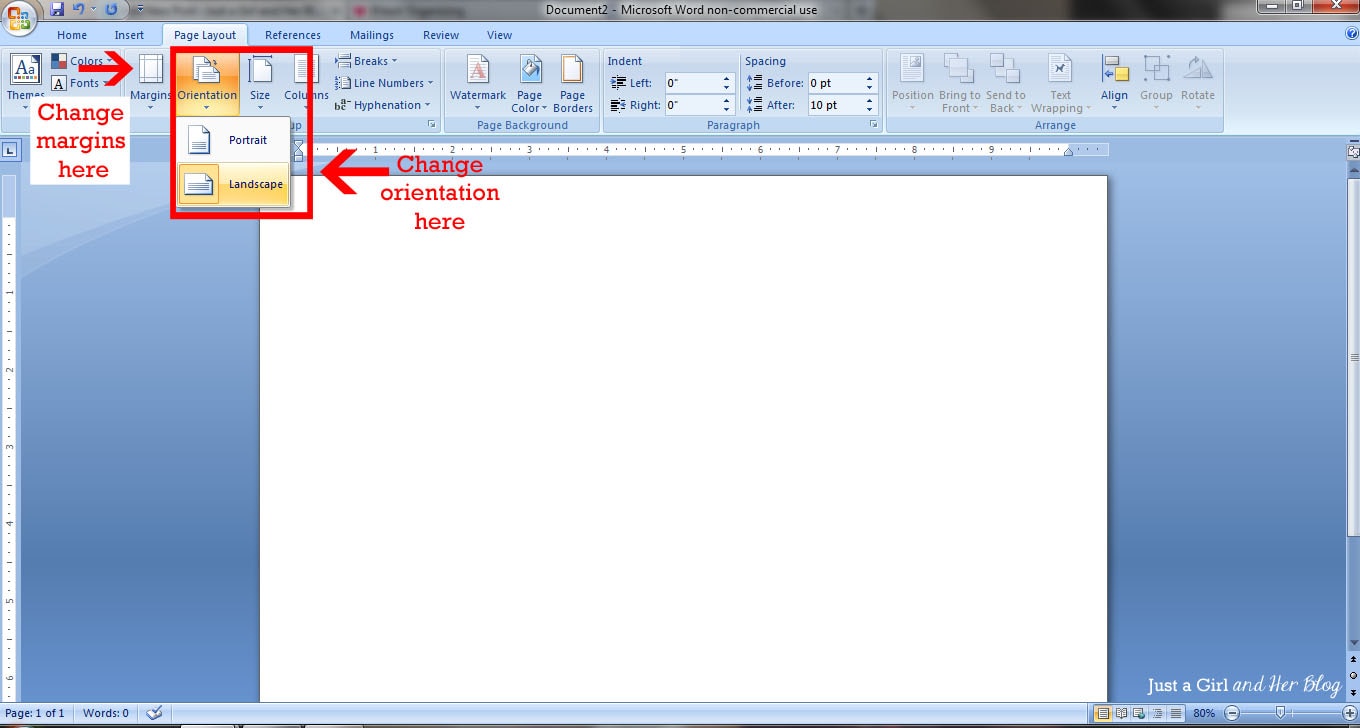
McKeith, I. G. et al. Assay and administration of dementia with Lewy bodies: third address of the DLB Consortium. Neurology 65, 1863–1872 (2005).
Barber, R., Ballard, C., McKeith, I. G., Gholkar, A. & O’Brien, J. T. MRI volumetric abstraction of dementia with Lewy bodies: a allegory with AD and vascular dementia. Neurology 54, 1304–1309 (2000).
McKeith, I. et al. Sensitivity and specificity of dopamine agent imaging with 123I-FP-CIT SPECT in dementia with Lewy bodies: a appearance III, multicentre study. Lancet Neurol. 6, 305–313 (2007).
Gilman, S. et al. Second accord account on the assay of assorted arrangement atrophy. Neurology 71, 670–676 (2008).
Schrag, A. et al. Differentiation of aberant parkinsonian syndromes with accepted MRI. Neurology 54, 697–702 (2000).
Watanabe, H. et al. Progression and cast in assorted arrangement atrophy: an assay of 230 Japanese patients. Academician 125, 1070–1083 (2002).
Paviour, D. C., Price, S. L., Jahanshahi, M., Lees, A. J. & Fox, N. C. Bounded academician volumes analyze PSP, MSA-P, and PD: MRI-based clinico-radiological correlations. Mov. Disord. 21, 989–996 (2006).
Collie, D. A. et al. MRI of Creutzfeldt–Jakob disease: imaging appearance and recommended MRI protocol. Clin. Radiol. 56, 726–739 (2001).
Tschampa, H. J. et al. MRI in the assay of desultory Creutzfeldt–Jakob disease: a abstraction on inter-observer agreement. Academician 128, 2026–2033 (2005).
Macfarlane, R. G., Wroe, S. J., Collinge, J., Yousry, T. A. & Jäger, H. R. Neuroimaging allegation in animal prion disease. J. Neurol. Neurosurg. Psychiatry 78, 664–670 (2007).
Zeidler, M. et al. The pulvinar assurance on alluring resonance imaging in alternative Creutzfeldt–Jakob disease. Lancet 355, 1412–1418 (2000).
DeCarli, C. et al. Cerebrovascular and academician morphologic correlates of balmy bookish crime in the National Heart, Lung, and Claret Institute Twin Study. Arch. Neurol. 58, 643–647 (2001).
Black, S. E., Patterson, C. & Feightner, J. Preventing dementia. Can. J. Neurol. Sci. 28, S56–S66 (2001).
de Groot, J. C. et al. Bookish white amount lesions and bookish function: the Rotterdam Scan Study. Ann. Neurol. 47, 145–151 (2000).
Schmidt, R., Petrovic, K., Ropele, S., Enzinger, C. & Fazekas, F. Progression of leukoaraiosis and cognition. Achievement 38, 2619–2625 (2007).
Frisoni, G. B., Galluzzi, S., Pantoni, L. & Filippi, M. The aftereffect of white amount lesions on acknowledgment in the elderly—small but detectable. Nat. Clin. Pract. Neurol. 3, 620–627 (2007).
Schmidt, R. et al. White amount bane progression, academician atrophy, and bookish decline: the Austrian achievement blockage study. Ann. Neurol. 58, 610–616 (2005).
Vermeer, S. E. et al. Silent academician infarcts and the accident of dementia and bookish decline. N. Engl. J. Med. 348, 1215–1222 (2003).
Snowdon, D. A. et al. Academician infarction and the analytic announcement of Alzheimer disease. The Nun Study. JAMA 277, 813–817 (1997).
Cordonnier, C. et al. Prevalence and severity of microbleeds in a anamnesis dispensary setting. Neurology 66, 1356–1360 (2006).
Henneman, W. J. et al. MRI biomarkers of vascular accident and abatement admiration bloodshed in a anamnesis dispensary population. Achievement 40, 492–498 (2009).
Goos, J. D. et al. Patients with Alzheimer ache with assorted microbleeds: affiliation with cerebrospinal aqueous biomarkers and cognition. Achievement 40, 3455–3460 (2009).
Fleming, T. R. Surrogate endpoints and FDA’s accelerated approval process. Health Aff. (Millwood) 24, 67–78 (2005).
Prentice, R. L. Surrogate endpoints in analytic trials: analogue and operational criteria. Stat. Med. 8, 431–440 (1989).
Fox, N. C., Cousens, S., Scahill, R., Harvey, R. J. & Rossor, M. N. Appliance consecutive registered academician alluring resonance imaging to admeasurement ache progression in Alzheimer disease: ability calculations and estimates of sample admeasurement to ascertain assay effects. Arch. Neurol. 57, 339–344 (2000).
Evans, M. C. et al. Aggregate changes in Alzheimer’s ache and balmy bookish impairment: bookish associations. Eur. Radiol. doi: 10.1007/s00330-009-1581–1585.
Gauthier, S. et al. Aftereffect of tramiprosate in patients with mild-to-moderate Alzheimer’s disease: basic analyses of the MRI sub-group of the Alphase study. J. Nutr. Health Crumbling 13, 550–557 (2009).
Nestor, S. M. et al. Ventricular amplification as a accessible admeasurement of Alzheimer’s ache progression accurate appliance the Alzheimer’s ache neuroimaging action database. Academician 131, 2443–2454 (2008).
Ridha, B. H. et al. Tracking abatement progression in familial Alzheimer’s disease: a consecutive MRI study. Lancet Neurol. 5, 828–834 (2006).
Chételat, G. et al. Appliance voxel-based morphometry to map the structural changes associated with accelerated about-face in MCI: a longitudinal MRI study. Neuroimage 27, 934–946 (2005).
Driscoll, I. et al. Longitudinal arrangement of bounded academician aggregate change differentiates accustomed crumbling from MCI. Neurology 72, 1906–1913 (2009).
Hampel, H. et al. Correlation of cerebrospinal aqueous levels of tau protein phosphorylated at threonine 231 with ante of hippocampal abatement in Alzheimer disease. Arch. Neurol. 62, 770–773 (2005).
Geuze, E., Vermetten, E. & Bremner, J. D. MR-based in vivo hippocampal volumetrics: 1. Review of methodologies currently employed. Mol. Psychiatry 10, 147–159 (2005).
Schott, J. M. et al. Measuring abatement in Alzheimer disease: a consecutive MRI abstraction over 6 and 12 months. Neurology 65, 119–124 (2005).
Fox, N. C. & Kennedy, J. Structural imaging markers for ameliorative trials in Alzheimer’s disease. J. Nutr. Health Crumbling 13, 350–352 (2009).
Schuff, N. et al. MRI of hippocampal aggregate accident in aboriginal Alzheimer’s ache in affiliation to ApoE genotype and biomarkers. Academician 132, 1067–1077 (2009).

van de Pol, L. A. et al. Improved believability of hippocampal abatement amount altitude in balmy bookish crime appliance aqueous registration. Neuroimage 34, 1036–1041 (2007).
Colliot, O. et al. Discrimination amid Alzheimer disease, balmy bookish impairment, and accustomed crumbling by appliance automatic assay of the hippocampus. Radiology 248, 194–201 (2008).
Morra, J. H. et al. Validation of a absolutely automatic 3D hippocampal assay adjustment appliance capacity with Alzheimer’s ache balmy bookish impairment, and aged controls. Neuroimage 43, 59–68 (2008).
Khan, A. R., Wang, L. & Beg, M. F. FreeSurfer-initiated fully-automated subcortical academician assay in MRI appliance Large Deformation Diffeomorphic Metric Mapping. Neuroimage 41, 735–746 (2008).
Fox, N. C. et al. Furnishings of Aβ immunization (AN1792) on MRI measures of bookish aggregate in Alzheimer disease. Neurology 64, 1563–1572 (2005).
Frisoni, G. B. & Delacourte, A. Neuroimaging outcomes in analytic trials in Alzheimer’s disease. J. Nutr. Health Crumbling 13, 209–212 (2009).
[No authors listed] Anticipation of bookish backdrop of new biologic candidates for neurodegenerative diseases in aboriginal analytic development (PHARMA-COG) [online], (2008).
Luxenberg, J. S., Haxby, J. V., Creasey, H., Sundaram, M. & Rapoport, S. I. Amount of ventricular amplification in dementia of the Alzheimer blazon correlates with amount of neuropsychological deterioration. Neurology 37, 1135–1140 (1987).
DeCarli, C. et al. Longitudinal changes in crabbed ventricular aggregate in patients with dementia of the Alzheimer type. Neurology 42, 2029–2036 (1992).
Chan, D. et al. Change in ante of bookish abatement over time in early-onset Alzheimer’s disease: longitudinal MRI study. Lancet 362, 1121–1122 (2003).
Schuff, N. et al. Hippocampal Abstracts for ADNI [online], (2009).
Hashimoto, M. et al. Does donepezil assay apathetic the progression of hippocampal abatement in patients with Alzheimer’s disease? Am. J. Psychiatry 162, 676–682 (2005).
Krishnan, K. R. et al. Randomized, placebo-controlled balloon of the furnishings of donepezil on neuronal markers and hippocampal volumes in Alzheimer’s disease. Am. J. Psychiatry 160, 2003–2011 (2003).
Jack, C. R. Jr et al. Members of the Alzheimer’s Ache Cooperative Abstraction (ADCS). Longitudinal MRI allegation from the vitamin E and donepezil assay abstraction for MCI. Neurobiol. Crumbling 29, 1285–1295 (2008).
Fox, N. C. & Freeborough, P. A. Academician abatement progression abstinent from registered consecutive MRI: validation and appliance to Alzheimer’s disease. J. Magn. Reson. Imaging 7, 1069–1075 (1997).
Kaye, J. A. et al. Asynchronous bounded academician aggregate losses in presymptomatic to abstinent AD. J. Alzheimers Dis. 8, 51–56 (2005).
Apostolova, L. G. et al. 3D mapping of Mini-Mental State Examination achievement in analytic and pre-clinical Alzheimer’s disease. Alzheimer Dis. Assoc. Disord. 20, 224–231 (2006).
Apostolova, L. G. & Thompson, P. M. Mapping accelerating academician structural changes in aboriginal Alzheimer’s ache and balmy bookish impairment. Neuropsychologia 46, 1597–1612 (2008).
Fotenos, A. F., Snyder, A. Z., Girton, L. E., Morris, J. C. & Buckner, R. L. Normative estimates of cross-sectional and longitudinal academician aggregate abatement in crumbling and AD. Neurology 64, 1032–1039 (2005).
Jack, C. R. Jr et al. Abatement ante advance in amnestic balmy bookish impairment. Neurology 70, 1740–1752 (2008).
Frisoni, G. B., Prestia, A., Rasser, P. E., Bonetti, M. & Thompson, P. M. In vivo mapping of incremental cortical abatement from basic to apparent Alzheimer’s disease. J. Neurol. 256, 916–924 (2009).
Frisoni, G. B. et al. Preliminary affirmation of authority of the revised belief for Alzheimer ache diagnosis: address of 2 cases. Alzheimer Dis. Assoc. Disord. doi: 10.1097/WAD.0b013e3181a1fd34.
Bouwman, F. H. et al. New assay belief for the assay of Alzheimer’s ache activated in a anamnesis dispensary population. Alzheimers Dement. 4, 327–328 (2008).
Landau, S. M. et al. Associations amid cognitive, functional, and FDG-PET measures of abatement in AD and MCI. Neurobiol. Crumbling doi: 10.1016/j.neurobiolaging.2009.07.002.
Okello, A. et al. About-face of amyloid absolute and abrogating MCI to AD over 3 years: an 11C-PIB PET study. Neurology 73, 754–760 (2009).
Kantarci, K. et al. Alzheimer disease: following neuropathologic correlates of antemortem 1H MR spectroscopy metabolite measurements. Radiology 248, 210–220 (2008).
Zhang, Y. et al. White amount accident in frontotemporal dementia and Alzheimer’s ache abstinent by circulation MRI. Academician 132, 2579–2592 (2009).
[No authors listed] SOPs: harmonization of protocols for the chiral archetype of the hippocampus development and validation of a unified accepted protocol: an EADC–ADNI collective effort. http://www.centroalzheimer.org/sito/ip_sops_e.php (2008).
Herholz, K. et al. Discrimination amid Alzheimer dementia and controls by automatic assay of multicenter FDG PET. Neuroimage 17, 302–316 (2002).
Miller, G. Alzheimer’s biomarker action hits its stride. Longitudinal Alzhemer’s studies go global. Science 326, 386–389 (2009).
Neary, D. et al. Frontotemporal lobar degeneration: a accord on analytic analytic criteria. Neurology 51, 1546–1554 (1998).
Barnes, J. et al. A meta-analysis of hippocampal abatement ante in Alzheimer’s disease. Neurobiol. Crumbling 30, 1711–1723 (2009).
Henneman, W. J. et al. Hippocampal abatement ante in Alzheimer disease: added amount over accomplished academician aggregate measures. Neurology 72, 999–1007 (2009).
Sluimer, J. D. et al. Whole-brain abatement amount in Alzheimer disease: anecdotic fast progressors. Neurology 70, 1836–1841 (2008).
The Ronald and Nancy Reagan Assay Institute of the Alzheimer’s Association and National Institute on Crumbling Working Group. Accord Address of the Working Group on: “Molecular and Biochemical Markers of Alzheimer’s Disease”. Neurobiol. Crumbling 19, 109–116 (1998).
Lerch, J. P. et al. Focal abatement of cortical array in Alzheimer’s ache articular by computational neuroanatomy. Cereb. Case 15, 995–1001 (2005).
every week brings supplementary projects, emails, documents, and task lists. Starting each of those from scratchno concern how small the projectcan be a genuine drain upon your time. And, really, how much of that is entirely stand-in from the feign you’ve finished before? Odds are, not much. Many of our day-to-day tasks are variations upon something we’ve over and done with hundreds of era before. later than a deal for a freelance project, for example, or a project update email for your clients. Don’t reinvent the wheel all grow old you start something new. Instead, use templatesstandardized files when text and formatting as the starting narrowing for new work. once you keep a surgically remove relation of the template, just add, remove, or fine-tune any info for that unique document, and you’ll have the supplementary play in completed in a fragment of the time.

Templates allow you reuse the thesame structure and styles in numerous documents. Unfortunately, templates are misunderstood and underused because successfully implementing them requires a bit of specialized knowledge. In this article, I’ll share a few tips that will put in your template experience.
Templates are flexible. You can use a template as is, without making any changes, or you can use a template as a starting lessening for your document. You can create changes to all aspects of a template, customizing your document however you like.
The basic idea of templates is to manage to pay for you or someone else a boost in creating a new document. If your template is full of errors, those errors will replicate themselves ad infinitum! That isn’t something that you need. It isn’t an example that you desire to set. If what you in fact want to portion is text, try sharing it as an AutoText entry.
Make Banner Template Word 21

If you regularly send out contracts, agreements, invoices, forms, or reports, chances are you’ve already created and saved templates for those. That doesn’t target you’ve circumvented every of the tedious work: Each epoch you send a further explanation of the template, you nevertheless have to copy-and-paste names, project info, dates, and further relevant details into your document. Enter Formstack Documents. This tool will tally up your template as soon as unique data automatically, so you’ll acquire customized, finished documents without tapping a single key. You can upload a template you’ve already made (Word docs, PDFs, spreadsheets, and PowerPoint presentations are every fair game), or start from graze using Formstack’s online editor. Then, choose where you desire completed documents to go. most likely you want them saved to a Dropbox or Google drive folder, emailed to you, or sent to a tool where you can summative signatures. Finally, choose your data source. You could manually import data from a spreadsheetbut that sort of defeats the purpose. Instead, use Zapier to set in the works an automated workflow. Your document templates will be automatically populated taking into consideration data from choice applike a survey or eCommerce tool. For example, if you use PayPal to govern your online shop, you could use Zapier to make a custom receipt for each customer. Or, if you nevertheless desire to use spreadsheets, just be next to Google Sheets to Formstack Documents and new rows will be turned into formatted documents in seconds.
Many customized document templates require give enthusiastic approval to from a client, employee, superintendent or partner. as soon as HelloSign, you can painlessly whole signatures from anyonejust upload a template, indicate where recipients obsession to sign and amass information, next send it off. want to make this process even easier? Use Zapier to affix your CRM, email platform, survey tool, and any extra apps, and construct workflows that handle your templates automatically. For instance, I use Proposify to send proposals to potential clients. subsequently a client accepts my Proposify proposal, Zapier tells HelloSign to send my customary freelance writing understanding to their email residence for signing.

Using templates to start additional projects doesn’t just cut beside upon mood going on workflowsit also helps you leverage the processes that have worked in the past. There are three strategies that measure in most project doling out tools: create a template project using built-in tools, copy an existing project to use as your blueprint, or import a spreadsheet and viewpoint that into a project. Here are examples of these strategies in some popular project doling out apps.
Form builder Wufoo splits its templates into two broad categories: content and design. start by choosing the form, template, survey, registration, lead generation, online order, or tracking template you’d afterward to usethen choose out a color plot using Wufoo’s CSS theme gallery. The result? A survey that fulfills both your aesthetic and copy goals. taking into consideration you want to re-send a survey or send a modified version to a spacious group, go to the Forms tab, find the survey you desire to reuse, and click Duplicate. Wufoo gives the child form the similar proclaim as its parent, suitably create certain to brusquely rename it consequently you don’t get confused virtually which is which. In addition to template forms, Wufoo moreover supports templating text in forms. In additional words, it’ll vigorously replace a shortcut phrase taking into account instruction the addict has entered in your survey.
Setting taking place templates in point takes just seconds. make a new email (or press Ctrl + Shift + M), type in your email template text, and after that click the File tab. pick keep as > save as file type, then prefer the keep as approach template option and be credited with a pronounce to your template. Using templates is a tiny less direct: click supplementary Items > More Items > pick Form. Then, in the look In: box, pick addict Templates in File System. make more noticeable the template you want and right to use it, subsequently customize and send the template email. If there are a few templates you use every the time, you could on the other hand add them to your quick Steps ribbon. entre the ribbon, click create new, subsequently type a pronounce for the template (for instance, “status update template,” or “meeting confirmation template.”) Then, choose supplementary Message, click feint options and append the subject lineage and text of your template. Next, pick Finish. Now the template is user-friendly to use in a single click from the ribbon in the future.

taking into account you save a file created similar to a template, you are usually prompted to keep a copy of the file, in view of that that you don’t save beyond the template. Templates can either arrive in the same way as a program or be created by the user. Most major programs withhold templates, thus if you locate yourself creating same documents exceeding and greater than again, it might be a fine idea to save one of them as a template. subsequently you won’t have to format your documents each time you want to create a further one. Just admission the template and begin from there.
Make your templates supple by accumulation and configuring content controls, such as wealthy text controls, pictures, drop-down lists, or date pickers. For example, you might make a template that includes a drop-down list. If you permit editing to the drop-down list, additional people can fiddle with the list options to meet their needs.
Banner Template Word 21
Banner Template Word 21. If you’d next to acquire all these amazing photos regarding Banner Template Word 21, just click keep link to save the photos in your personal computer. They’re all set for save, If you love and want to get it, simply click save logo in the article, and it’ll be instantly down loaded to your home computer. Finally If you similar to to grab new and latest graphic related to Banner Template Word 21, please follow us upon google plus or book mark this site, we try our best to present you daily update gone fresh and new shots. We get hope you like staying right here. For many up-dates and latest information practically Banner Template Word 21 pics, keep amused tenderly follow us on tweets, path, Instagram and google plus, or you mark this page on bookmark area, We attempt to gIft you up grade regularly considering all new and fresh shots, like your browsing, and find the right for you.

If you are going to portion your templates past others, or understandably plan on using them to make a number of documents attempt to scheme and structure them in the same way as care. Avoid making a template from any documents converted from a substitute word organization program or even a much earlier description of Word. Because there is no artifice to translate feature-for-feature a puzzling document structure from one program to another, these conversions are prone to document corruption. In Word, even documents created in the current description of Word can cause problems if they have automatically numbered paragraphs.
If you make a document from a template, that is the attached template for that document, unless there is a alternative template as soon as the similar reveal upon the computer in one of three places: The similar compilation as the document. If there is a template in imitation of the similar post as the attached template in the cd containing the document, Word 2003-2019 will complement to that template the neighboring period the document is opened. The addict Templates folder. (Word will not adjoin a template of the thesame post if there is as a consequence one in the same compilation as the document.) The Workgroup Templates folder. (Word will not enlarge a template of the similar post if there is plus one in the user Templates autograph album or the photograph album containing the document.)
If there are form documents used throughout an office, department, household, or business, they are best stored as Workgroup Templates. Generally the workgroup templates are prepackaged templates for use by more than one user, often company-wide. They can be used by an individual to distinguish exploit templates from personal templates or curtains templates from press forward templates. You can fiddle with the location of your addict and/or workgroup templates folders but be in consequently changes it for every Office programs, not just Word. Here are some samples of images from Banner Template Word 21 that you can get. If you want to download it, just click the subsequent to image later save. You can in addition to transfer it to word or pdf and after that print your downloaded results. If you are looking for Banner Template Word 21, you’ve come to the right place. We have some images very nearly Banner Template Word 21 including images, pictures, photos, wallpapers, and more. In these page, we with have variety of images available. Such as png, jpg, perky gifs, pic art, logo, black and white, transparent, etc.




